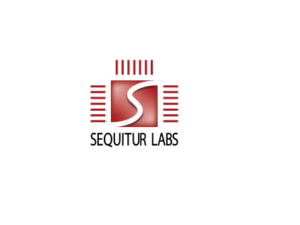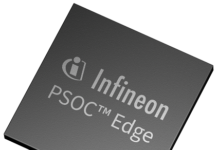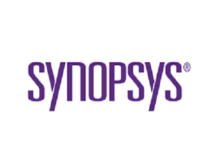
The adoption and integration of digital technologies into products in use across nearly every business sector today means that practically every modern device is now interconnected in some way. While this rise in the Internet of Things (IoT) has led to significant innovation by enabling greater automation, control and analytics-based insights, devices at the Edge are particularly vulnerable to nefarious exploitation that can cause enormous damages to businesses worldwide.
According to recent data , Internet of Things (IoT) cyber-attacks on Edge devices have risen to 20.2 million, up 50% from this time last year. Products being affected include things such as robotic vacuums, smart TVs, alarm systems, and doorbell camera systems, etc. A best practices approach for securing system applications on these devices is to move Trusted Applications, which include artificial intelligence (AI) and machine learning (ML) algorithms, into a secure area with restricted access, say experts at Sequitur Labs, the leader in IoT security for connected devices.
Many IoT products incorporate AI or ML to conduct complicated tasks that require some level of intelligent functionality with access to sensitive code or data sets, allowing some level of decision making without pre-orchestrated programming. The algorithms and models that deliver this functionality represent critical intellectual property (IP), and create significant value for the products and their vendors. Many manufacturers and integrators remain focused on their search for best-in-class security strategies and products for locking down their products as these algorithms and models simply cannot be compromised. Such theft of the organization’s intellectual property can create long-term damage to a company’s revenue and brand and must be protected.
To confront the challenge of IoT device exploitation, security-enabled IoT platforms are leading the way to counter this threat, providing the means to securely interface with and control a wide range of sensitive connected devices and systems such as home/business video camera and alarm systems, healthcare devices, as well as industrial systems that require secure supervisory control and data acquisition (SCADA) environments such as utility switching and operations.
One best practice approach for securing system applications is to move Trusted Applications and housing them in a secure area with restricted access. One example involves using ARM TrustZone™ architecture, where a System-on-Chip’s (SOC) memory can be partitioned into a Rich (non-secure) Environment and a Secure Environment. The Rich Environment is larger in memory size – typically hundreds of Megabytes – and houses known (public) software, such as Linux kernels and open source supporting applications (e.g., OpenSSL). The Secure Environment has a small memory size—less than a Megabyte—and houses a Trusted Execution Environment (TEE) secure operating system. Applications that need to be protected are included here along with applications that support the securing process (e.g., key / certificate management and secure data storage).
“While the industry is becoming increasingly burdened by the growing number of threats, manufacturers and integrators are aware and incorporating next-generation security into their products and solutions,” said Philip Attfield, Co-founder and CEO, Sequitur Labs. “This is the right move as it both enhances security and speeds time to market. These solutions bring IP protection to the edge while streamlining the design of manufacturing processes for a new era of solutions and devices that are connected and secure.”
Sequitur Labs’ EmSPARK Security Suite was designed to address solutions in industries where embedded security is paramount, such as industrial control, building automation, the smart home, machine vision, automotive communication and medical devices. Built on three pillars of product security – design, build and sustain – EmSPARK provides a robust security framework protecting embedded firmware, keys and security-critical assets through the entire device lifecycle. IoT hardware manufacturers use EmSPARK to easily implement device-level security by addressing all the technical, IP, supply chain and business process challenges. Developers can easily build applications that use secure resources without having to become experts in cryptography and complex hardware security technologies.



















